-
Posts
1985 -
Joined
-
Last visited
-
Days Won
9
Content Type
Profiles
Forums
Blogs
Events
Gallery
Downloads
Store
Posts posted by Xnke
-
-
Be thoughtful about it, though...file a flat in the bolt and put the lock pin back in place. You do NOT want the bolt spinning in the upright, you want the bushings to be turning on the bolt. Otherwise the bolt is metal-on-metal and rubbing the upright. You want it metal-on-bushing and stationary in the upright.
-
Are you using the correct valves?
P90 and P79 valves are 2mm shorter than N42/N47 valves...
-
A lot of the MN47 and E30 heads crack there, and it's nothing to repair the crack if you're already pulling the seats. Carve the head out to the water jacket and weld it up solid, re-cut the seat counterbores and install the new seats. You'll have the head ported anyway if you're looking to spend the cash to run an 8000RPM L28, so it wouldn't be a big deal.
What is a big deal is that the cracks indicate that the valves have been run very hot, and the head has been run very hot, so you may find other problems later. I would go over the head with a fine-toothed comb if it was my engine.
-
Silver Seal makes 0.020" shims, which would be fine in this application. You don't use different thickness shims...you shave the top of the head. I don't know why you would attempt five different thickness shims...that's a LOT of work compared to a 20$ set of shims and a ten minute surfacing.
-
Yeah, I'd run that if I could get it on the turbo. It's ugly as sin but I doubt that it would cause problems. It's not silicone, however; it looks like a rubber hose, braided liner and some kind of wrapped outer. What you don't want is the non-braided type...it'll expand and break.
Ideally you'd want a braided, 3 or 4 layer, silicone hose. The shorter the better.
EDIT: just followed your link. I run those silicone couplers on my own car; they seem "thin" but they have four layers of braid in them and on a few cars we've used them on they've held 18PSI without issues. You won't likely "blow" any braided-layer, silicone, coupler, even on the turbo outlet...more likely if it's a bad coupler it'll blow off, slipping out of the clamp.
-
It isn't unheard of. PMC racing engines offers this as an option, albeit more expensive than his straight L-series strokers. He hasn't developed it fully yet, claming he's not quite reached the full extent of what he belives he can get out of the L-28 cylinder head.
EDIT: That looks like a stock L-crank...which makes sense because he's running it with a KA style cam drive. Probably going to be using KA cam gears, exactly the same way that Bryan Blake did it, except that I *think* Bryan retained the stock water pump.
-
That "turbo hose" is probably silicone. It's perfectly fine up to 400F and it's what most people use for this kind of application.
-
Whoa...what ECU are you running? The 240SX TPS does NOT work with the stock ECU...
-
I suggest you look at the compressor maps again. I chose the turbos I did for peak compressor effeciency and cost effectiveness...and while all those turbos listed can produce more power, they will not do so effeciently.
I suggest YOU look at the requrements for airflow in lbs/min for your engine...then determine just how much air you need to make your crankshaft horsepower, and subtract out your drivetrain losses.
Yes, there is a Garret GT3571R. I got my compressor maps from Garret...I do spec and sell turbochargers locally and my math usually comes out within 30HP of what I say an engine will make with that compressor at the specified operating point. What's the point of choosing a 3071R and having to cram 40lbs/min out of it at 63% compressor effeciency? Might as well run an Eaton M112 positive displacement super and skip spool time altogether!
-
The usual sources. I bought from RacingPartsDepot.com.
-
I am running a pair of ETX20L's, and they crank over the Z fine, even driving the supercharger.
-
Just bought a new OBX diff carrier. It is NOT the same unit that has been sold in the past...it's finely machined on the outside surfaces. It also is not a cylinder anymore, more conical shaped on one end, and the 40mm long M8x1.25 class 12.9 bolts were installed from the ring-gear side. I dissassembled the unit and found the same cheap belleville washers inside, smacked one with a hammer three times and it flattened out completely.
One of the bolts was roughed up a little from the hole not being cleaned properly before having the bolt threaded in, and three of the eleven bolts did not have blue loctite on them. The spider gears now have a locating pilot on them and the case is machined for the pilot. The spacers and washer stack are the same inside; and the small helical gears have a smaller, cleaner chamfer on the ends.


This shows the model number...sortof.

These are the bolts, note how three of them have no threadlocker and one is galled from swarf in the hole:

This is how the gears were arranged in mine...this is the driver's side gear set.

The pilot on the spider gears. This fits into a machined pocket in the carrier.

The carrier halves:

As you can see, this unit must supercede or replace the older, cylindrical unit...Hopefully it's not just a mis-marked one! The ring gear bolt holes are 12mm diameter, and the ring gear seat is 110mm diameter.
-
I'm talking in T-series turbos...I don't have a need for a ball-bearing super-duper turbo to make 400HP. The T3/T4 hybrid I mentioned above will run you about 550$ ballpark brand new. Just ask for "A t3/t4 turbo with a stage 3 exhaust wheel and a T04B V-trim compressor" when you call the turbo shop of your choice. It will bolt directly to the exhaust manifold, If your stock nissan housing is machined to fit the larger exhaust wheel you can use the stock downpipe and wastegate actuator, and it does not interfere with the intake manifold or engine mounting. If you use a standard Garret-style housing, a 4-bolt flange downpipe would be needed and I would HIGHLY reccomend a 2.5" turn down, expanding up to 3" diameter before the second turn to get under the car for either turbine housing.
If you're going for the Bell approach, then this turbo isn't exactly the way to go...Go for a T04E series compressor and lay the boost to it.
If you Just Need a ball bearing turbocharger, then I would say the GT3071R is a very poor fit for what you plan. It doesn't get into the best islands till about 20lbs of boost and event then it's only flowing 32lbs/min...that's enough for 290 crankshaft horsepower, assuming a peak output at 12.5:1 AFR and a 0.5 BSFC. Not really perfectly realistic as it will be worse than that in the real world.
The GT3571R would do the same at only 15lbs of boost, which is MUCH more reasonable. At 18lbs of boost it's capable of about 330HP at the crankshaft, using the same assumptions above.
Looking at the T04B-V trim compressor, you can get 250HP at 12lbs of boost, and as much as 330HP at 23lbs of boost, and remain in the peak effienciency island the entire time. It's also far less costly.
To hit your mark of 330RWHP, we need 390 flywheel HP assuming a 20% drivetrain loss. I would look for a turbo compressor that can produce 45lbs/min of air at a pressure ratio between 2 and 2.25, and keep it on the island. You will need a cam and headwork to be able to sustain a compressor that can do this!
Looking at a T61 compressor map, we can easily hit 45lbs/min at 76% effeciency at a pressure ratio of 2.2, or about 18lbs of boost. Not bad...and probably do-able on pump gas. That's 340-350 RWHP capable.
A T70 compressor would also be more than capable. We're talking a 2% drop in peak effeciency between the GT series compressors and the T series compressors, but a 40% difference in price...
-
Buy from a local oil distributor and that 9$/qt synthetic becomes 3$/qt.
I'm not saying the synthetic oils are needed...Just that that specific one is an easy to find source of oil still designed for a flat tappet cam. I'm not saying ANY oil is unsuitable, just that newer grades of oil are not specifically designed for flat-tappet valvetrains and that rollerized engines WERE developed to work with newer grades of oil. (Yes, that's my belief and I have enough evidence to prove it to myself.)
-
Just pull the synchro cones off the gears and have dog teeth made!
-
T04b V-trim compressor, on a 0.82 AR T3 turbine housing with a T350 turbine wheel.
That's a *little* overkill for your goals, as it can flow enough air for 400hp at the limit, but at 16lbs it will be very effcient and push 350hp at the same time.
Change out for a 0.63 AR housing if you're running a stock cam, but for those power levels I would be looking for headwork and a cam first.
-
T04b V-trim compressor, on a 0.82 AR T3 turbine housing with a T350 turbine wheel.
That's a *little* overkill for your goals, as it can flow enough air for 400hp at the limit, but at 16lbs it will be very effcient and push 350hp at the same time.
-
Those numbers are high on the cam and valvetrain, imo.
A full engine rebuild, including a mild performance cam, bored block, all gaskets, all seals, and all bearings, new timing set, and machine shop costs hasn't run me over 1100$ on any of the l engines I have built.
Datsunparts LLC has a bit if a checkered reputation. he buys inexpensive or borderline engine parts off the forums and assembles then with various levels of care and precision. Some people have no issues, some people find the deck surface of the engine block painted blue over the rust...
-
No, more like oils that are 900ppm or less...if even that much. I am still using the VR1 synthetic, with no issues at all...even did a no-no and broke in a new cam with it with absolutely no problems. It is an SH grade oil, so supposedly it provides the protection levels that a flat tappet cams need.
-
You're on the right track with that RB30 picture...Your stroker crank starting point is in that picture...
-
Stock replacement exedy clutch for the Turbo ZX, or if your flywheel bolt pattern won't handle that, then call South Bend clutch and get a 350Z pressure plate and a stock clutch disk.
-
Makes me want to do an L67 engine swap!
-
There's nothing major to making a new one. Use 18G mild sheet steel, NOT galvanized. Finish stripping out all the rust and make your cut square. Break it up into sections of flats or curves, avoid making compound curves here. It's minor structural, not load-bearing, and not cosmetic.
Fix the inner vertical part first, cut out a square/rectangle bigger than the rust and work very carefully around the outer skin seam...even if the outer is rusty DON'T damage it yet. Weld it in, full seams, but "dot" it in first...It's thin sheet and you're working vertical. Start at the two top corners and make sure it stays aligned the way you want it. Dot in the bottom two corners, then the middles, working it down and letting it cool completely after you have it tacked up. Be ready to get a body dolly behind it and peen out the welds to fix the shrink, get it flat!
Once you've fixed the inner skin, you can make a simple cylindrical shape out of the 18G steel, following the old curve, or you can choose to weld in a flat section, or a battery tray, or anything like that. But fix that inner skin first, then repair the outer skin, THEN you can work inside the rear deck. Work sections a little at a time, use a hammer and dolly to stretch your welds out to keep from pulling the body out of whack, and you'll get it done the way you want.
I find metal MUCH easier to work than fibreglass or plastic.
-
AFR's are too rich, and not enough timing around 100kpA. You should hit full advance at 100kpA, and THEN start pulling timing. Too much timing at the higher boost ranges; as others have said.
Really looks like someone took a performance 220kpA spark map and just re-scaled it for 300kpA...That won't work.
AFR's will not be the same everywhere...you'll be richest at peak torque, about 12.5:1, and then a little leaner at peak HP, 13.5-14:1. Idle will be whatever the engine wants...mine likes it about 13.1-13.2:1, others want richer, others can go leaner.


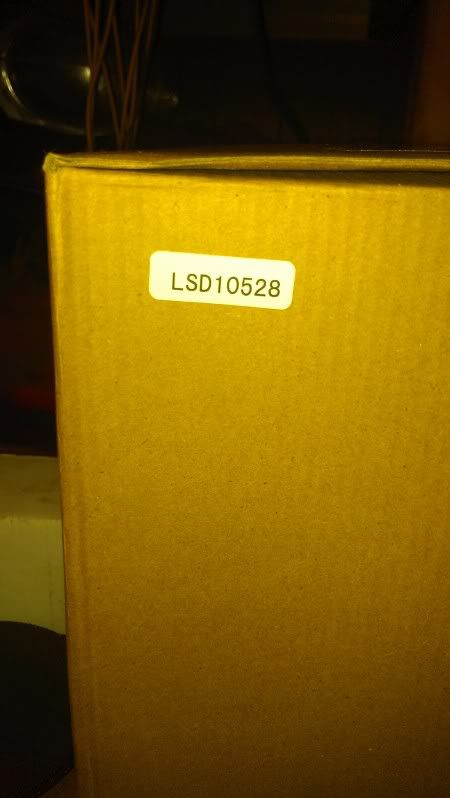
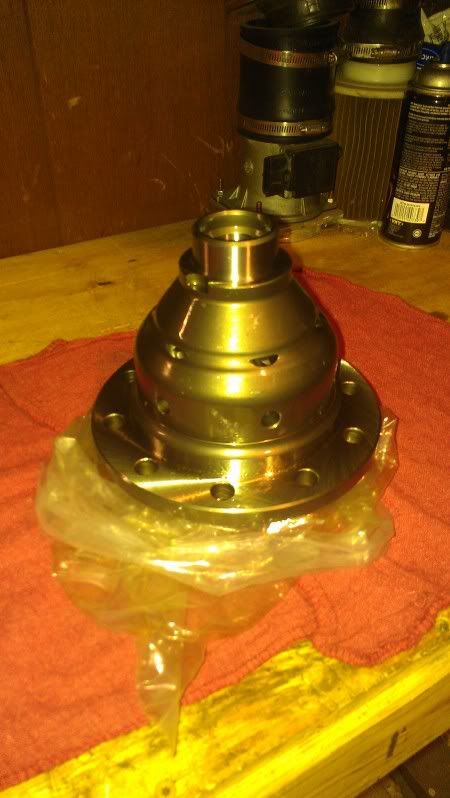

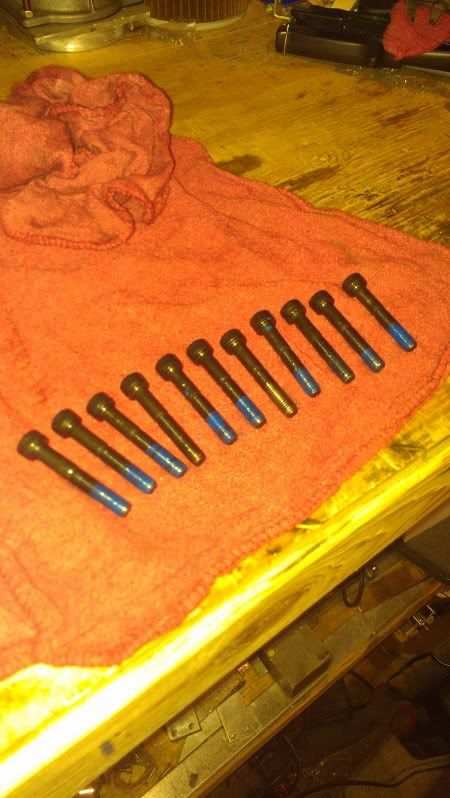
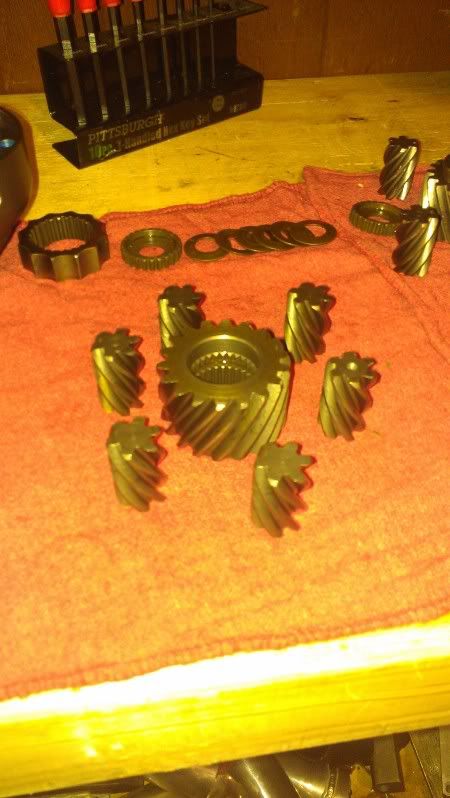
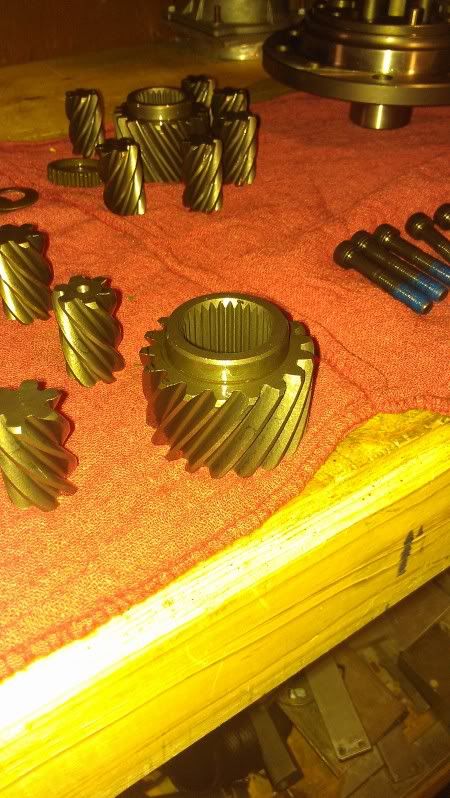
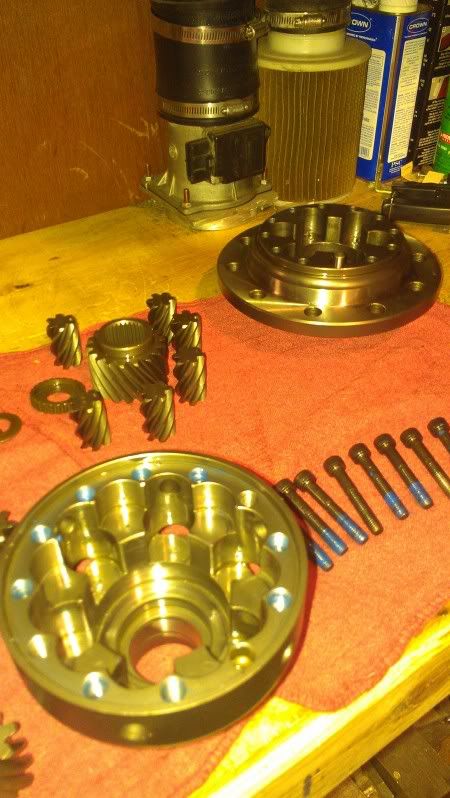
Can't get MS2Extra to idle under 1500RPM
in MegaSquirt
Posted
Worked on the car again. Runs just fine from 1500RPM up. if engine speed drops below 1500RPM, engine will begin oscillations until it swings too low to run and cuts off.
Here's a MSQ and Datalog.
Rename the file to "2014-02-23_15.08.57.msq", HBZ will not allow files of that type so I just changed the extension.
same with the log, it needs to be ".msl"..."2014-02-26_16.45.52.msl"
2014-02-23_15.08.57.zip
2014-02-26_16.45.52.zip